Tuesday 13th June
Today was a day of rest. River walks and Skye swimming was about the limit of the day’s drama until the evening when suddenly there was much excitement in Team Basil. Skye started barking, an act which is usually reserved for the postman, and would not stop. We could see she was barking at some long grass behind Basil and so Sarah took a closer look and could just make out the ringed tail, of what must have been, a Raccoon!
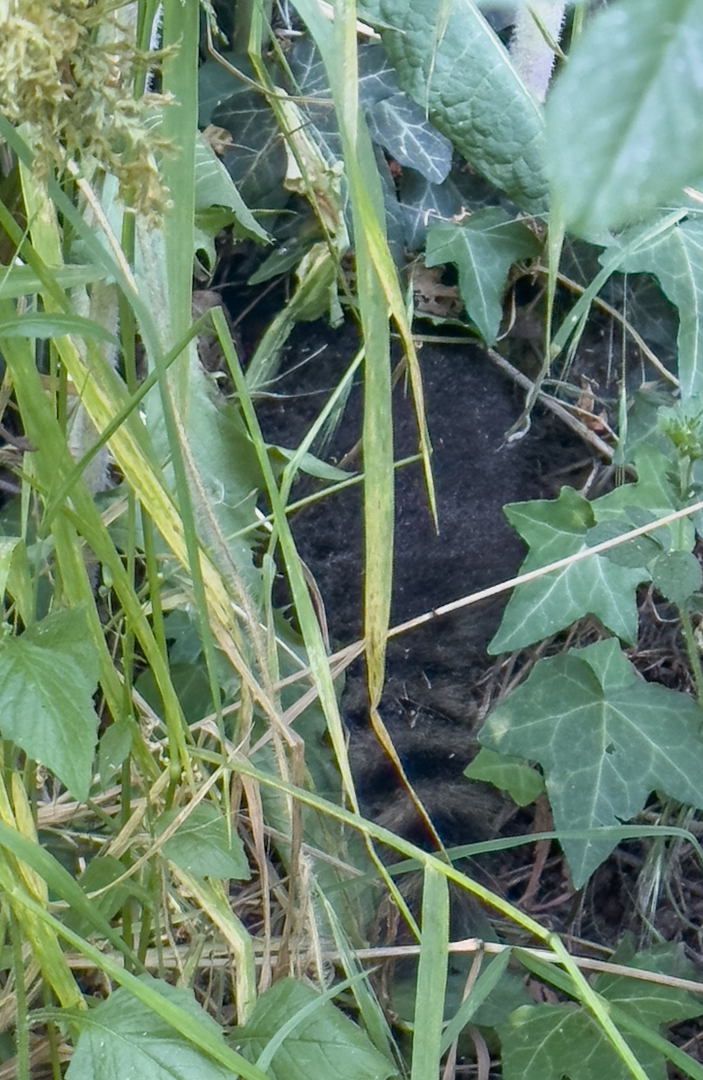
At first we thought it was dead because it was completely still (who wouldn’t be with a dog barking at them) but it slowly moved and we briefly caught a glimpse of its face and saw it was a youngster, who then did a quick disappearing act.
Since Sunday’s post I have done some brief research on Germany’s Racoons and apparently they were not brought over by American soldiers as pets but there were two separate releases. The first was by a German who released a male and female deliberately in the 1930s to add more interesting species to his vicinity! The second was a mass breakout from a German fur farm.
Wednesday 14th June
Today we went into Marburg. My Rough Guide says the town is the University and the University is the town and when we spoke to a couple of students in the town they confirmed this was true. The town has a total population of 76,000 of which 23,500 are students and 7,500 staff! One of its claims to fame is that it the oldest, still operating, Protestant University in the World. It was founded in 1527 and so is also one of Germany’s oldest.
We walked in on the banks of the River Lahn and our first stop was to view the “Green Mill” across the river. This apparently dates from at least 1248, but is now a hotel.
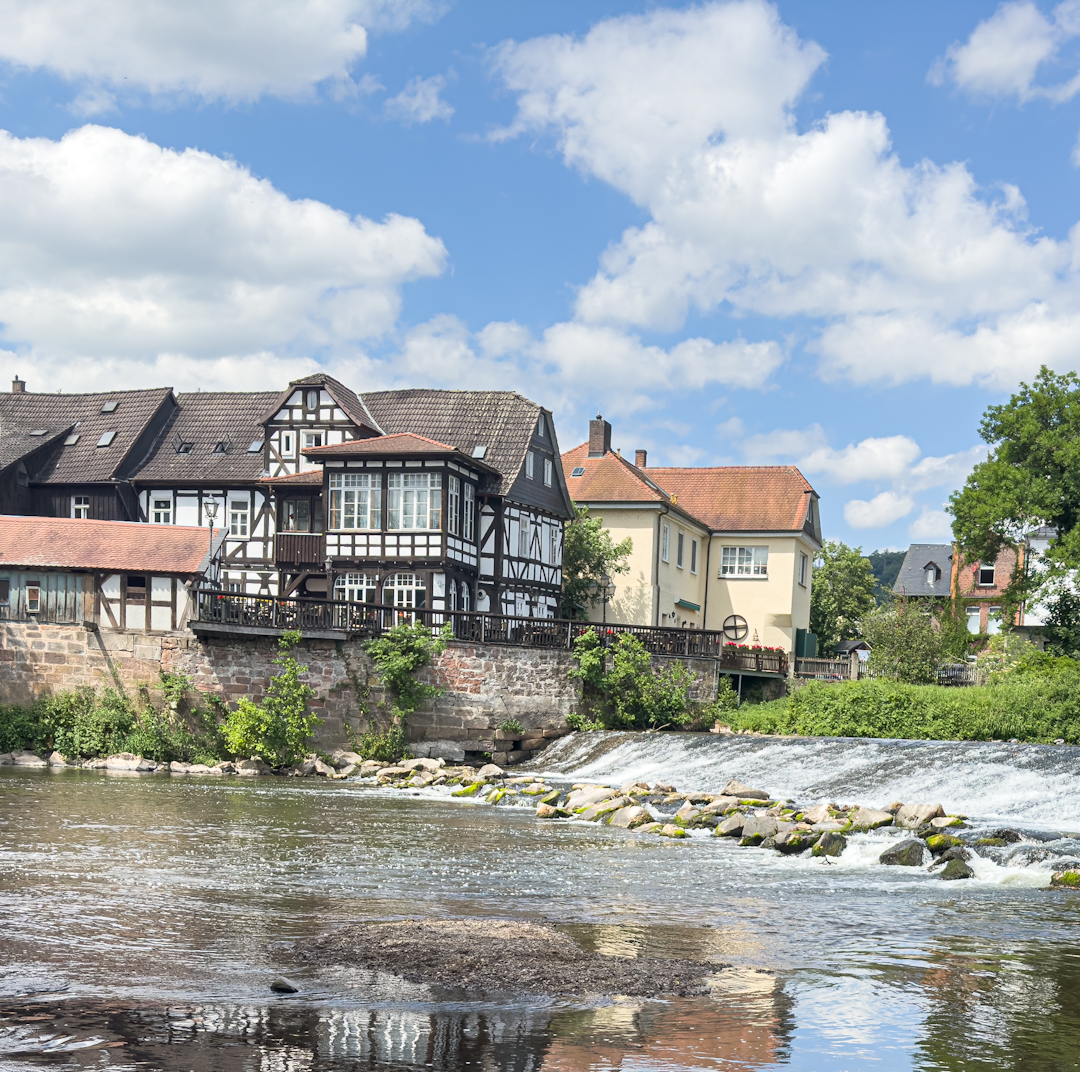
Next was St. Elizabeth’s Church, which was built by the Teutonic Knights in the early 13th Century to house the tomb of St. Elizabeth of Hungary. Built at the same time as many beautiful English and French Cathedrals I, personally, cannot see much architectural merit in this church by comparison.
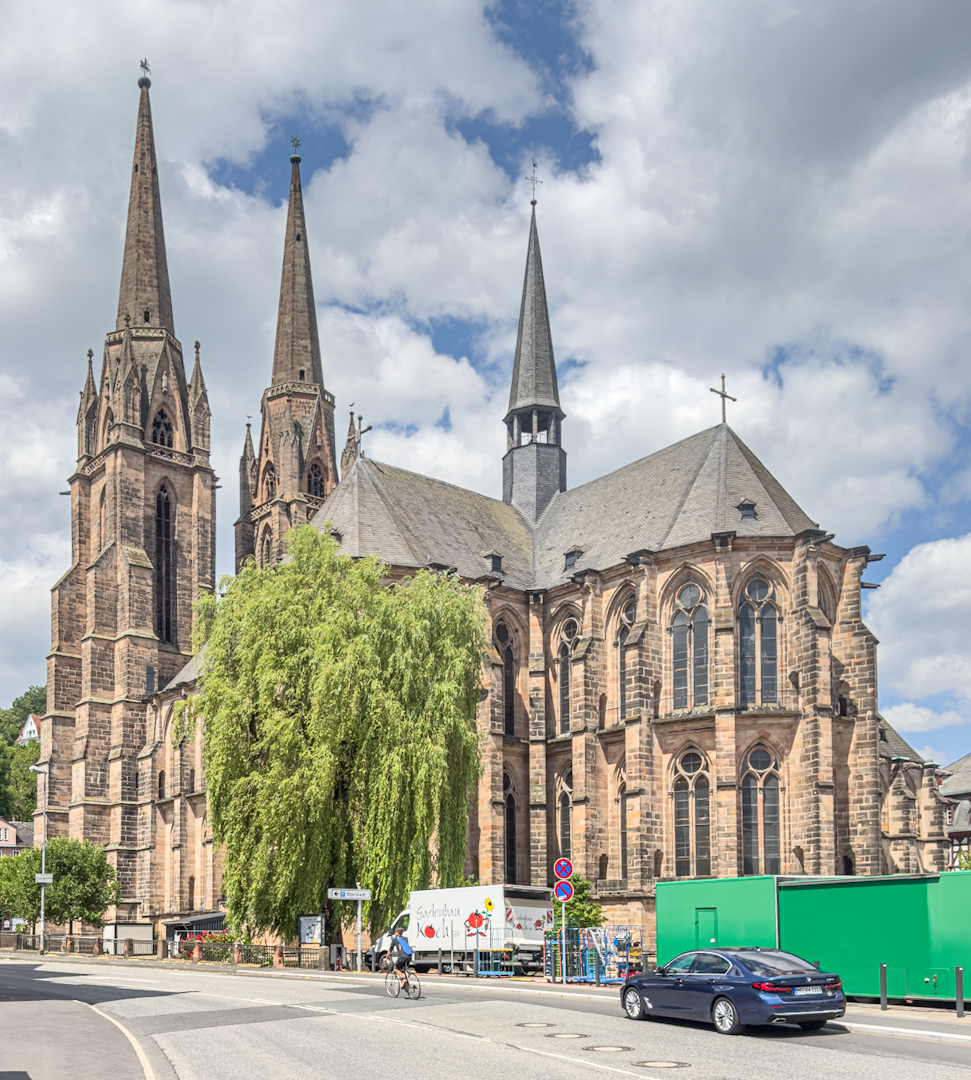
Interestingly though German war hero and last restraint on Hitler, Paul von Hindenburg is also buried in this church. I asked the receptionist why and he wasn’t sure but speculated about the connection of Hindenburg, the Battle of Tannenburg and the Teutonic Knights.
Knowing that Hindenburg was a Prussian my interest was piqued as to how he had ended up in a fairly obscure church in Hessen. My research has concluded that upon his death he asked to be buried with his wife in Hanover. But Hitler decided he should be buried at the site of his famous victory and national triumph – Tannenburg. Subsequently a Tannenburg memorial tomb was constructed and Hindenburg was disinterred and reburied in the memorial. Move on to 1945 and the Russians are approaching and Hindenburg was dug up again and interred in a deep mine in central Germany along with Frederick the Great’s body, which had also been moved for safekeeping! The mine ended up in the American sector following the war and they moved his body to Marburg Castle, where they were keeping other bodies at the time. Finally Marburg Church was the nearest suitable place and so that’s where Paul von Hindenburg rests!
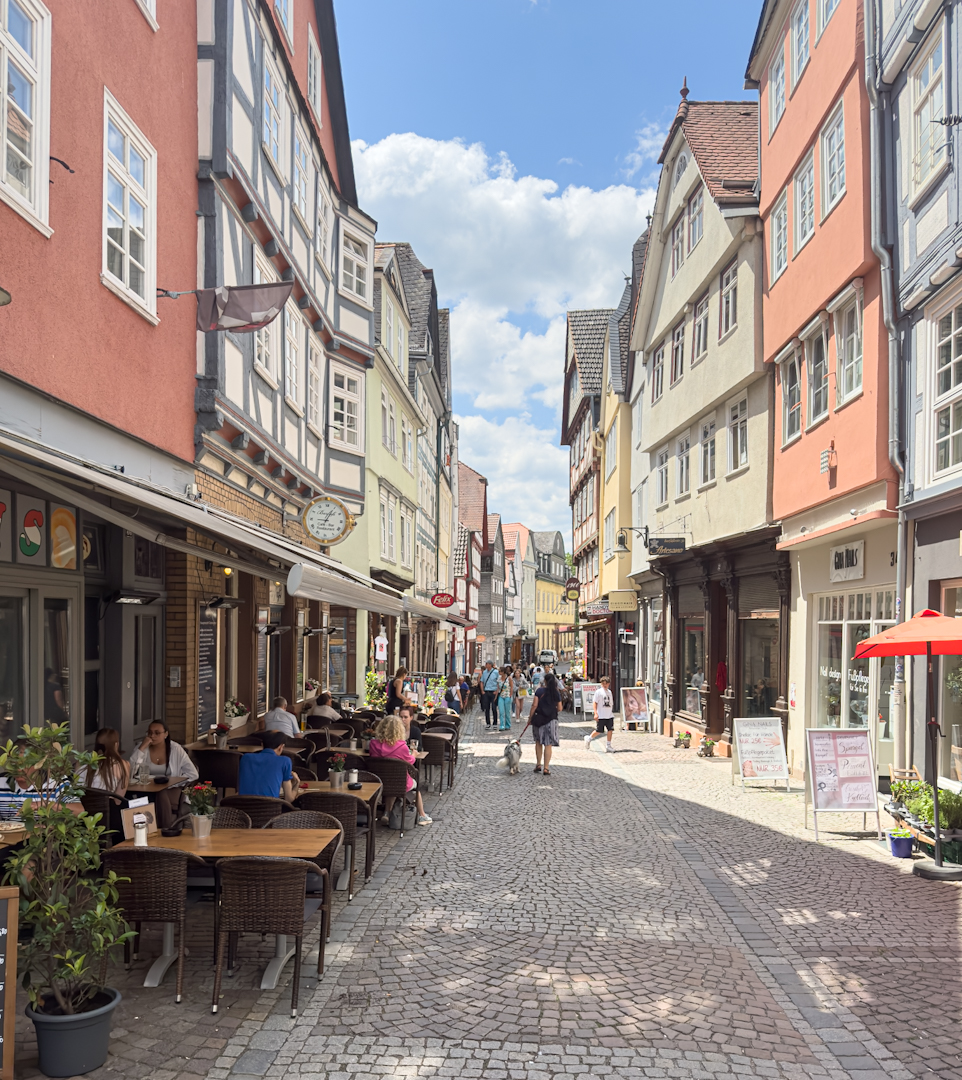
The rest of our day was spent wandering the beautiful streets of Marburg admiring the buildings. The Market (Market Place) is said by the Rough Guide to be finest in Germany and it is certainly very picturesque.
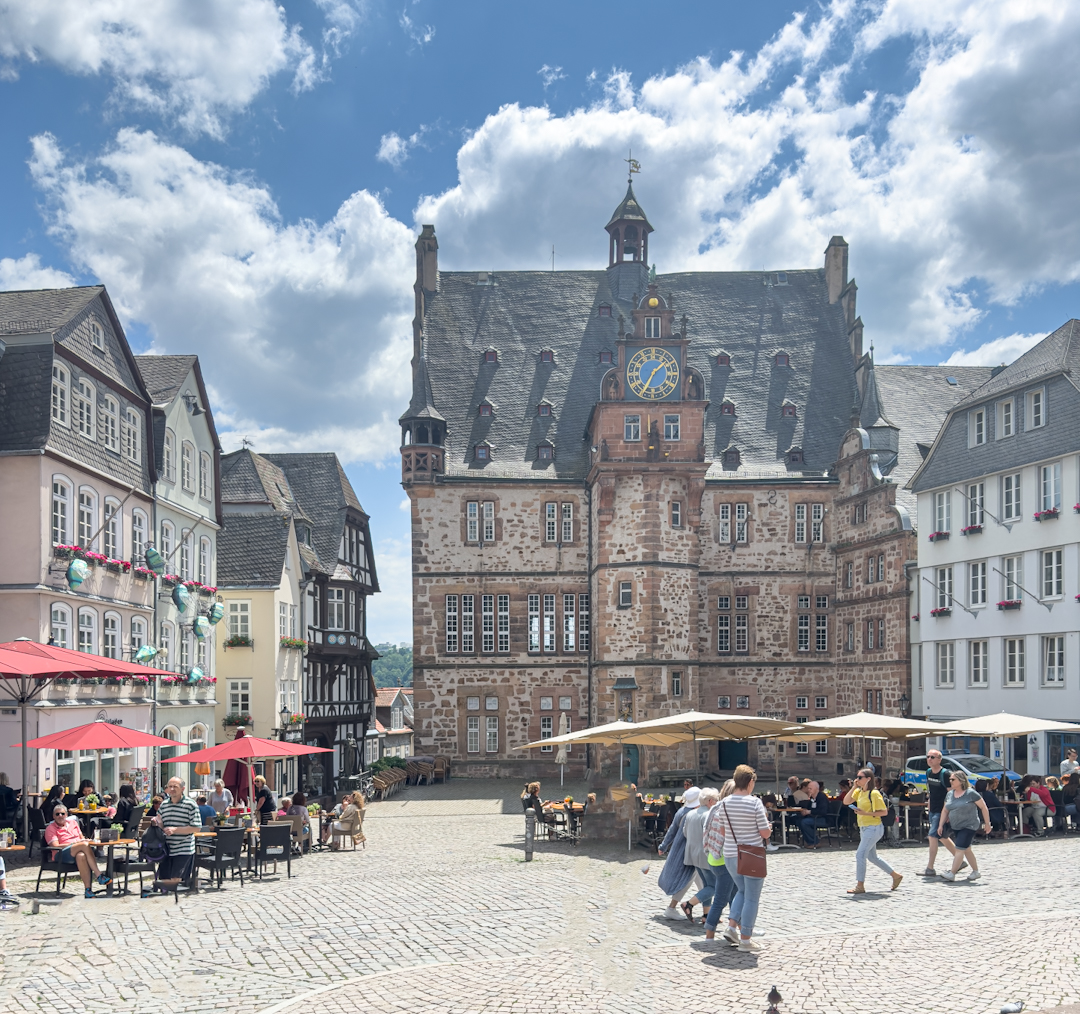
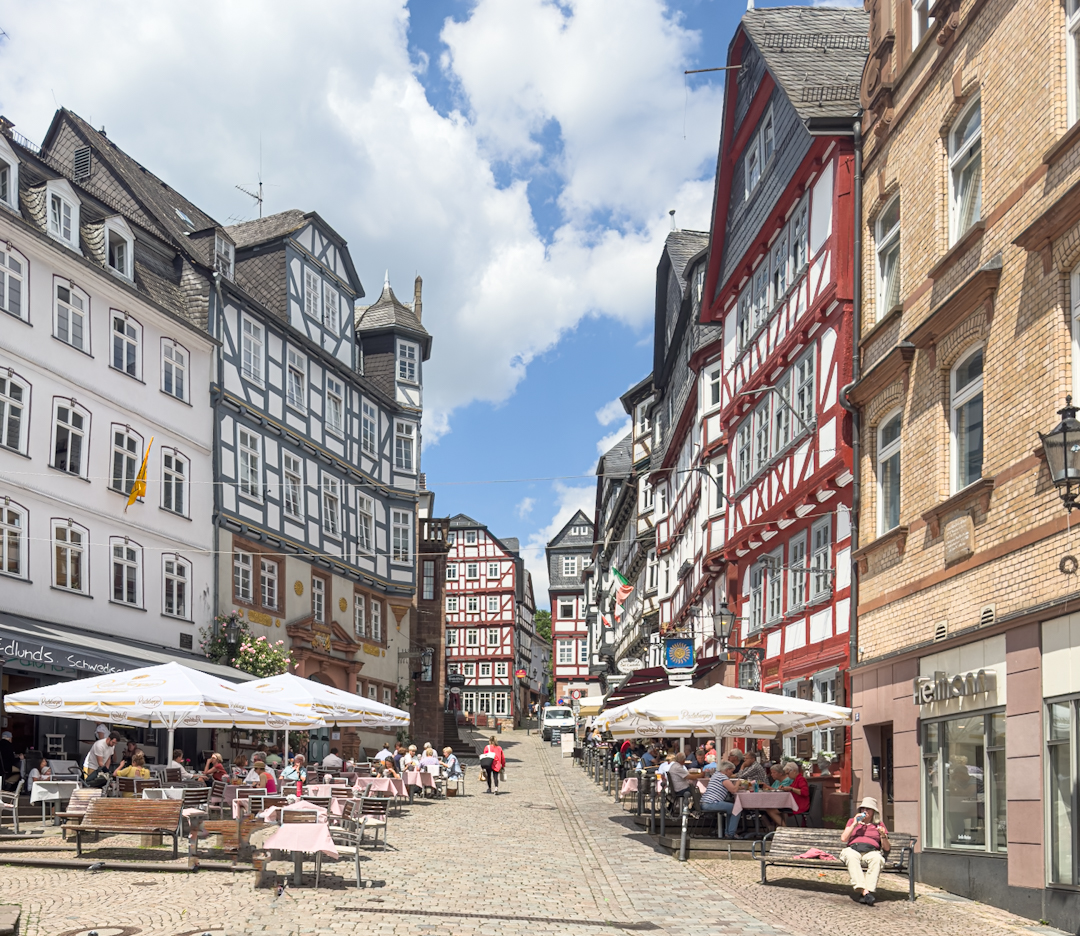
I think we have now had enough of half timbered houses for this trip, pleasant though they are. In England half timbered house building is, in my mind, limited to the 16th and 17th Centuries and we usually refer to them as Tudor. I wonder why the Germans built them for so much longer or am I wrong to think of half timbered houses in Britain as solely Tudor, but most of the older examples have not been preserved? Time a bit of research!

